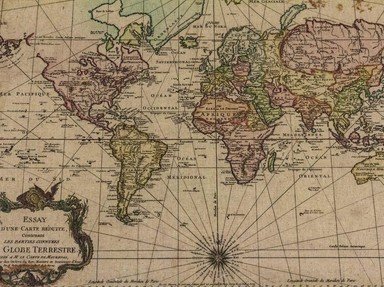Quiz Answer Key and Fun Facts
1. This island nation, prized for the production of cinnamon, occupies a strategic position for trade in the Indian Ocean
2. The most important Dutch colony in West Africa, a hub for the slave trade, was part of this contemporary country
3. Though relatively small, this nation is rich in history and culture, and renowned for its food and drink
4. Most of this small sovereign state on the Atlantic Ocean is covered by tropical rainforest
5. Originally named Batavia, this country's capital is one of the world's largest cities
6. This rather isolated island nation in the Indian Ocean is named after a Dutch prince
7. For all its diminutive size, this nation boasts one of the world's highest GDP per capita
8. Most of the northeastern region of this huge country was under Dutch rule in the 17th century
9. For about 40 years, the southern part of this island - whose former name means "beautiful" - was under colonial Dutch rule
10. One of the 11 official languages spoken in this large nation derives from Dutch
Source: Author
LadyNym
This quiz was reviewed by FunTrivia editor
agony before going online.
Any errors found in FunTrivia content are routinely corrected through our feedback system.
